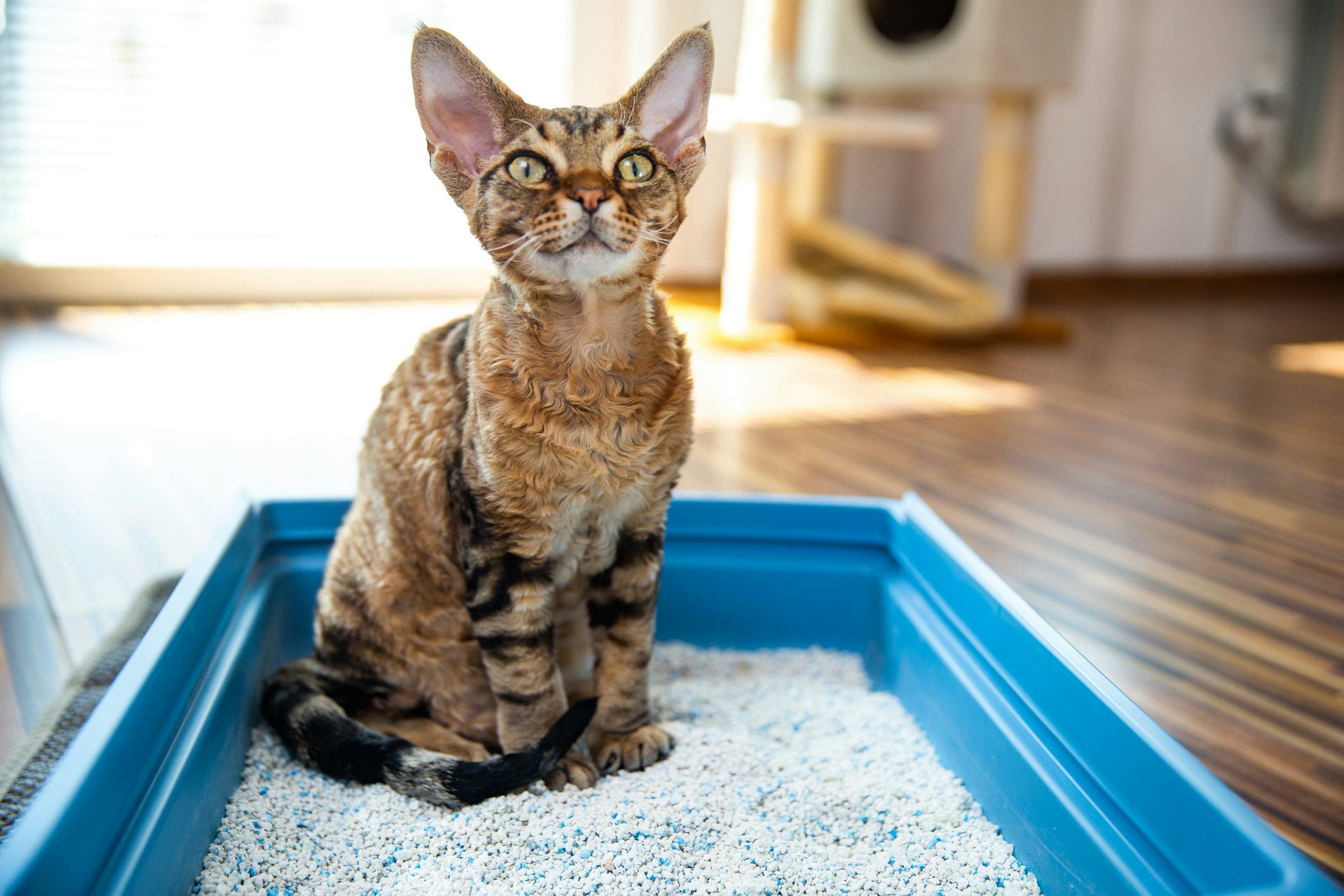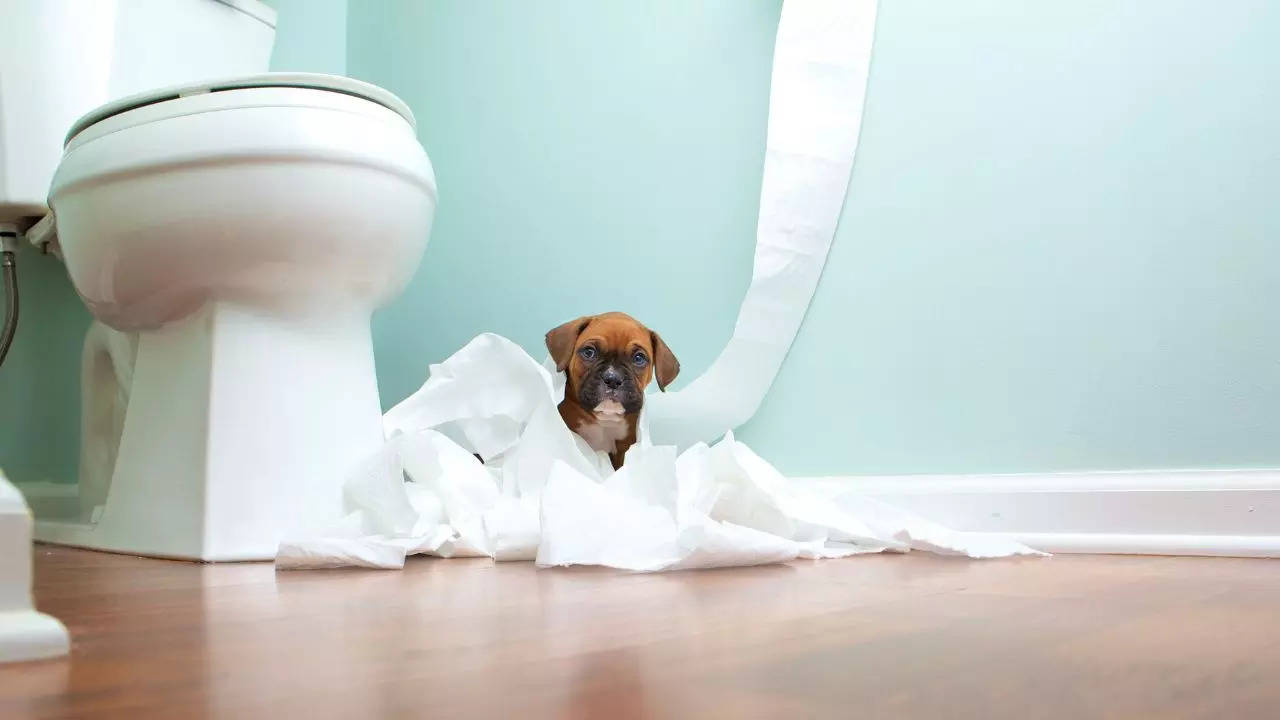Are you on the lookout for details around Should you flush animal waste down the toilet?

When it comes to disposing of waste, particularly animal waste, many individuals frequently resort to the practical option of flushing it down the toilet. Nevertheless, this relatively very easy remedy can have major repercussions for the atmosphere and public health. In this write-up, we'll explore why flushing animal waste down the toilet is a poor idea and provide different approaches for proper disposal.
Intro
Proper garbage disposal is important for preserving ecological sustainability and public health. While it may seem harmless to flush animal waste down the bathroom, it can lead to numerous concerns, both for the setting and human wellness.
Threats of flushing pet waste
Environmental effect
Purging pet waste introduces dangerous bacteria and microorganisms right into rivers, which can adversely influence water environments. These microorganisms can contaminate water resources and harm aquatic life, disrupting fragile communities.
Public health concerns
Pet waste consists of damaging microorganisms such as E. coli and Salmonella, which can position significant wellness risks to humans. Flushing animal waste down the bathroom can infect water products, resulting in the spread of diseases and infections.
Alternatives to flushing
Instead of flushing pet waste down the bathroom, there are numerous alternate disposal approaches that are much more eco-friendly and sanitary.
Composting
Composting animal waste is an environment-friendly way to dispose of it. By composting, raw material is broken down into nutrient-rich dirt, which can be utilized to feed yards and plants.
Landfill disposal
Throwing away pet waste in a land fill is another choice. While not as eco-friendly as composting, it is a more secure option to flushing, as it protects against the contamination of water resources.
Pet waste disposal systems
There are specialized family pet waste disposal systems readily available that securely and hygienically throw away animal waste. These systems commonly utilize enzymes to break down waste and eliminate odors.
Steps to proper pet waste disposal
To guarantee appropriate disposal of pet waste, comply with these actions:
Scooping and landing waste
Consistently scoop and bag pet waste utilizing biodegradable bags. This avoids waste from contaminating the setting.
Utilizing assigned waste containers
Dispose of bagged pet waste in marked waste containers, such as compost containers or landfill bins. Prevent flushing it down the commode at check here all expenses.
Cleaning up can and pet dog areas routinely
Regularly tidy litter boxes and pet dog areas to stop the buildup of waste and germs. Usage pet-safe cleansing items to maintain hygiene.
Advantages of proper disposal techniques
Embracing appropriate disposal approaches for animal waste supplies several advantages:
Reduced environmental pollution
Correct disposal techniques lower the risk of environmental pollution, securing waterways and communities from contamination
Minimized threat of water contamination.
By avoiding flushing pet waste down the toilet, the threat of water contamination is substantially reduced, guarding public health.
Enhanced sanitation and hygiene
Appropriate disposal techniques promote much better sanitation and health, developing a safer environment for both human beings and animals.
Conclusion
To conclude, purging pet waste down the toilet is hazardous to the atmosphere and public health. By adopting alternate disposal approaches and complying with appropriate waste management techniques, we can reduce the adverse impact of animal waste and contribute to a cleaner, much healthier earth.
What To Do With Dog Poo – The Do's And Don'ts Of Disposing Of Faeces
Dog poo bins
Some councils provide dedicated dog waste bins in popular dog-walking areas that can take dog poo that has been bagged but you can legally dispose of dog waste in any public litter bin, as long as it is securely bagged. This also applies to your wheelie bin at home.
Do not flush
Water companies do not recommend flushing dog faeces down the toilet because certain parasites can survive the water processing treatment and are potentially harmful to humans. You should also never consider flushing dog poo that has been bagged down the toilet as the bags will not break down and instead create severe blockages in the sewage system.
In the woods
The Forestry Commission promotes a ‘stick and flick’ method for dealing with waste in the woods. This means finding a stick and using it to flick any poo from off the path so that it is out of the way of other walkers. You could also bury it as long as it is not in an area where there might be livestock.
Livestock
Parasites found in dog poo can be transmitted to livestock if they inadvertently eat infected faeces that has been left on grazing land. This could result in the death of sheep or abortion in cattle so you should always make sure you pick up your dog’s waste in fields where livestock could be present.

Regularly tidy litter boxes and pet dog areas to stop the buildup of waste and germs. Usage pet-safe cleansing items to maintain hygiene.
Advantages of proper disposal techniques
Embracing appropriate disposal approaches for animal waste supplies several advantages:
Reduced environmental pollution
Correct disposal techniques lower the risk of environmental pollution, securing waterways and communities from contamination
Minimized threat of water contamination.
By avoiding flushing pet waste down the toilet, the threat of water contamination is substantially reduced, guarding public health.
Enhanced sanitation and hygiene
Appropriate disposal techniques promote much better sanitation and health, developing a safer environment for both human beings and animals.
Conclusion
To conclude, purging pet waste down the toilet is hazardous to the atmosphere and public health. By adopting alternate disposal approaches and complying with appropriate waste management techniques, we can reduce the adverse impact of animal waste and contribute to a cleaner, much healthier earth.
What To Do With Dog Poo – The Do's And Don'ts Of Disposing Of Faeces
Dog poo bins
Some councils provide dedicated dog waste bins in popular dog-walking areas that can take dog poo that has been bagged but you can legally dispose of dog waste in any public litter bin, as long as it is securely bagged. This also applies to your wheelie bin at home.
Do not flush
Water companies do not recommend flushing dog faeces down the toilet because certain parasites can survive the water processing treatment and are potentially harmful to humans. You should also never consider flushing dog poo that has been bagged down the toilet as the bags will not break down and instead create severe blockages in the sewage system.
In the woods
The Forestry Commission promotes a ‘stick and flick’ method for dealing with waste in the woods. This means finding a stick and using it to flick any poo from off the path so that it is out of the way of other walkers. You could also bury it as long as it is not in an area where there might be livestock.
Livestock
Parasites found in dog poo can be transmitted to livestock if they inadvertently eat infected faeces that has been left on grazing land. This could result in the death of sheep or abortion in cattle so you should always make sure you pick up your dog’s waste in fields where livestock could be present.

I was introduced to that report on Should you flush animal waste down the toilet through a pal on another web page. Are you aware of another individual who is serious about the topic? Please feel free to promote it. Thank you for going through it.
Click Here